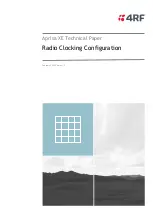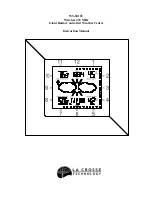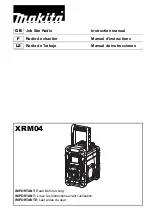
SECTION 7
APPENDIX
7.1 VHF MARINE CHANNEL USAGE GUIDE AND LICENSING REQUIREMENTS
Most of the information found in this section is reprinted in whole or in part from FCC information Bul-
letin No. 2 REVISED EDITION February 1991 and FCC Fact Sheet PR-5000 March 1990.
REMEMBER:
l
Maintain a radio watch on Channel 16. Channel 16 is used for distress and safety purposes
l
Use VHF Channel 70 only for Digital Selective Calling (DSC). It may be used for general-pur-
pose calling using DSC. Your cooperation in not using Channel 70 for general intership com-
munications is necessary to prevent interference.
l
Your VHF transceiver has a high-low power switch. Use low power whenever feasible.
Unnecessary high-power operations can interfere with other important communications.
l
Always use your radio call sign at the beginning and end of each transmission.
l
Be sure only qualified persons operate your radio. You are responsible for control of your radio.
Know the rules.
l
Limit calls to other vessels to 30 seconds. If you receive no reply, wait 2 minutes; then try
again. Keep communications brief and avoid chit-chat.
l
Never transmit false distress messages, and never use profanity on the air.
OTHER REMINDERS:
l
Do not install or operate your radio until it is licensed. You can obtain a station license and call
sign by completing FCC Form 506 and mailing it with the required fee to the FCC, Marine Ship
Service, PO. Box 358275, Pittsburgh, PA
Form 506-A provides you with immedi-
ate operating authority, valid for 90 days after you mail your license application.
You need a radio operator license to operate a VHF Marine Radio only if you plan to dock in a foreign
port or leave a foreign port to dock in a U.S. port.
l
Your radio license is
transferable. If you sell your boat, request the FCC to cancel your sta-
tion license.
34
Содержание Apelco 5200
Страница 2: ......
Страница 26: ...BLOCK DIAGRAM Fig 4 l VHF 5200 Block Diagram co ...
Страница 49: ......











































